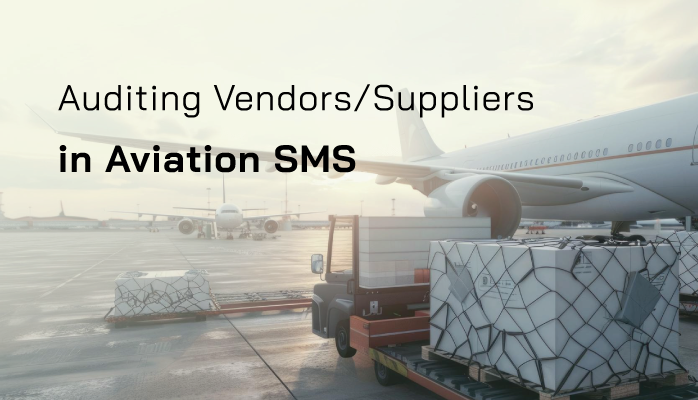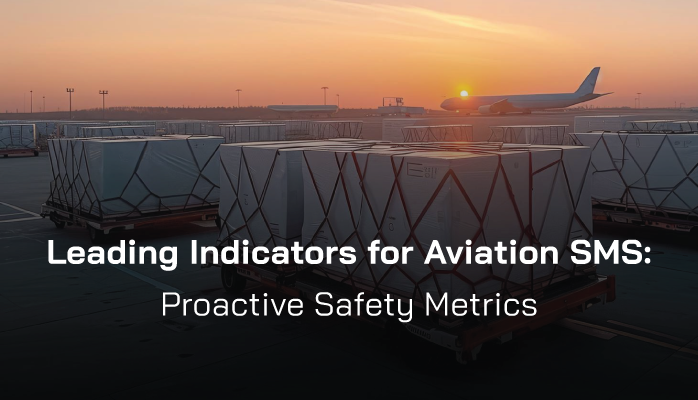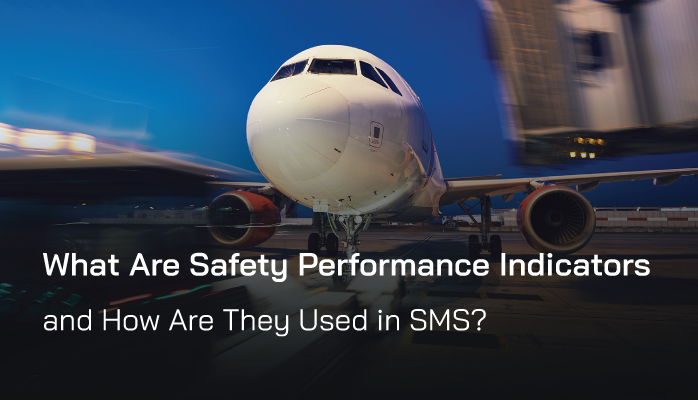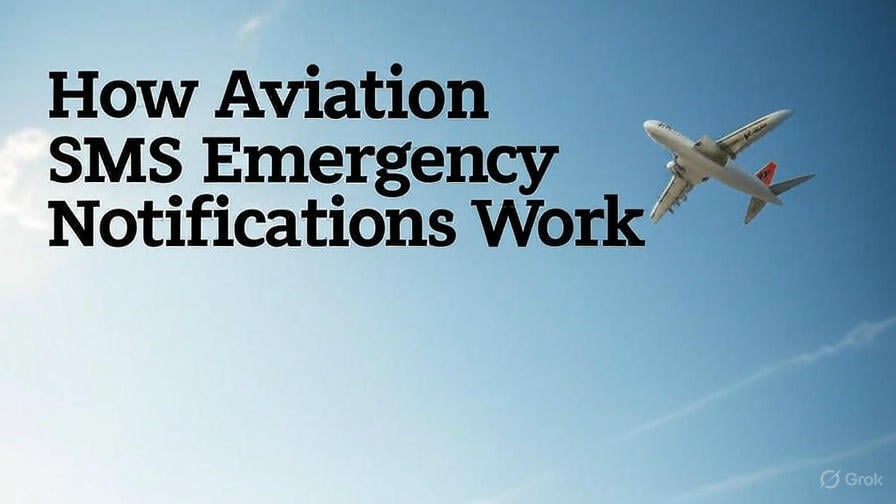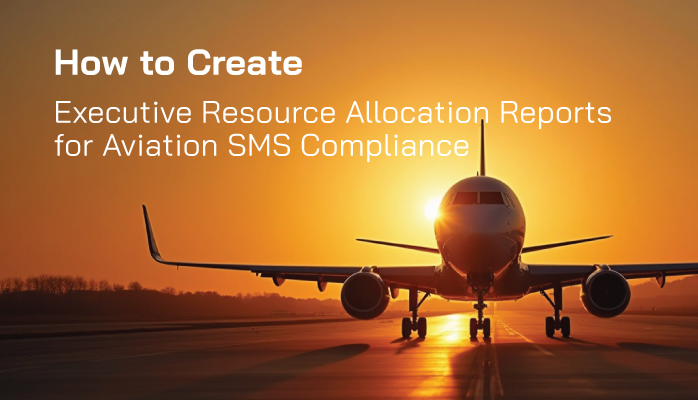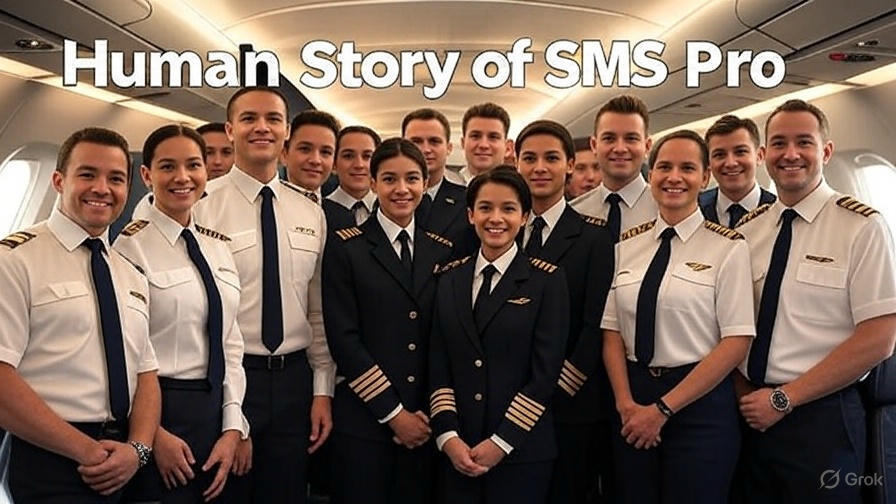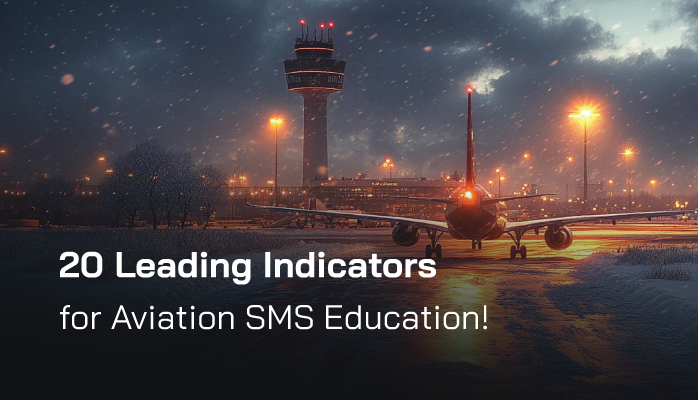Auditing Vendors/Suppliers
Aviation operations worldwide depend on vendors for critical services, from aircraft maintenance in global hubs to fueling in remote airstrips, making their alignment with Safety Management Systems (SMS) through auditing a cornerstone of safety.
Vendor audits systematically evaluate suppliers’ safety practices, ensuring they meet SMS standards and mitigate risks that could lead to incidents. For aviation safety managers, auditing vendors is not just a regulatory requirement but a strategic tool to foster a unified safety culture across diverse operations.
